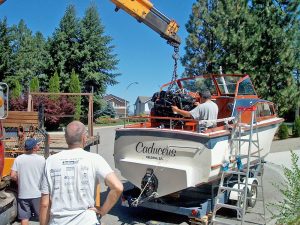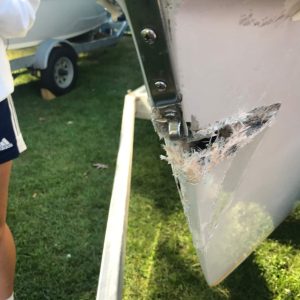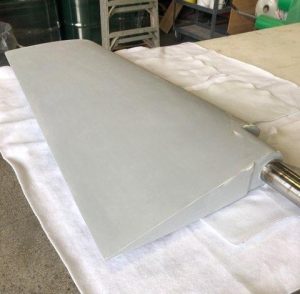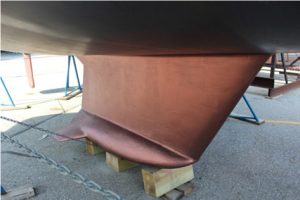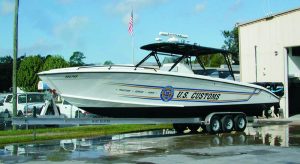By Ken Wilson After burning out my engine coupler and being towed home to Kelowna Yacht Club (KYC) (by a sailboat, no less), I knew my boat was going to need some work. We hauled the boat out of the water and removed the engine to determine the extent of repairs required.
